Bulk Pricing
DB9 to Terminal Block 5 Pin Passive Adapter
Passive RS232 to RS485 Converter
RS232 to RS485 terminal block passive converter to operate in full or half-duplex capacity. Use this compact light weight molded converter on your PC, Workstation, or server for your serial needs.
- Compact RS232 to RS485 design with terminal block conversion.
- Molded serial signal designation on the adapter casing for terminal block usage.
- Signals TX+, TX-, RX+, RX-, and GND.
- Utilizes 5-Pin Terminal Block connector.
$21.95
In stock
Volume Pricing
| Units | Discount | Price |
|---|---|---|
| 1 - 4 | — | $21.95 |
| 5 - 11 | 3 % | $21.29 |
| 12 - 24 | 5 % | $20.85 |
| 25 - 49 | 7 % | $20.41 |
| 50+ | 10 % | $19.76 |
Quick Links:
Description
Passive DB9 Connect to 5-Pin Terminal Converter
The US-485TBP is a serial DB9 to Terminal signal converter from RS232 to a RS485 interface designed for PC, Workstation, Thin Client, or Server to provide instant Full and Half-Duplex RS485 serial port expansion via a standard RS232 port. The converter provides for a direct connection with your DB-9 pin male (with pins) port on your system and allows for the RS485 signal conversion through the 5-pin terminal block adapter.
the US-485TBP is a molded adapter casing enclosing both the DB9 female port and the terminal block converter making the terminal block permanently secured against accidental loss. The TB connection is labeled on the molded case for T+/D+, T-/D-, R+, R-, and GND for proper wire connection.
US-485TBP Features
- For RS-485 Full and Half Duplex Interface.
- Operates with DB9 to Terminal Block connection
- Compatibility: EIA/TIA RS232C standard and RS485 standard.
- Converts the DB9 Male Connector to 3.5mm Terminal Block Connector.
- Signals for T+/D+, T-/D-, R+, R-, GND
- Employs a passive conversion, No power required.
- Compact, light weight design.
- RoHS Compliant
Additional Information
Additional Information
| Physical Characteristics |
| ||||||||
|---|---|---|---|---|---|---|---|---|---|
| Serial Attributes |
| ||||||||
| Other Data |
|
Tech Specs Advanced Details
Pin out information for DB9 to 5-Pin Terminal Block.
| DB9F | Signal |
| 1 | DCD (out) |
| 2 | TXD (out) |
| 3 | RXD (in) |
| 4 | DTR (in) |
| 5 | GND |
| 6 | DSR (out) |
| 7 | RTS (in) |
| 8 | CTS (out) |
| 9 | GND |
| 5-pin TB | Signal |
| 1 | T+/D+ |
| 2 | T-/D- |
| 3 | R+ |
| 4 | R- |
| 5 | GND |
Support
Product Documentation & Drivers
Need drawings, CAD files, or other compliance documentation? Click HERE
Serial F.A.Q.
Product F.A.Q.
View frequently asked product questions below. For all serial troubleshooting, visit this page.
Still need help? Reach out!
-
How do I clean and reinstall my FTDI drivers?
View Answer
-
- Download the CDM Uninstaller HERE.
- Extract the zip file, or open the “CDMuninstallerGUI.exe” utility.
- Leave the ‘Vendor ID’ set to 0403 and ‘Product ID’ set to 6001.
- Click Add.
- Click Remove Devices.
- Download the corresponding driver for your operating system and follow on-screen prompts. Windows Driver | MacOS Driver
-
-
How can I change my device’s COM port?
View Answer
-
- Click on Start and navigate to the Control Panel
- Locate and click on Device Manager
- Under “Ports (COM & LPT)” you will find your serial device titled “USB Serial Port” along with its current COM Port.
- Right click on “USB Serial Port” and click on Properties.
- Navigate to the “Port Settings” tab and click on “Advanced…”
- Once there, the “COM Port Number:” can be changed with a dropdown menu to select the port number.
- Click your desired port number (i.e. COM2) and click “OK”.
- Click “OK” once more.
- Your serial device is now assigned to your chosen COM Port.
-
-
How do I check to ensure the COM port is listed properly in Windows?
View AnswerTo ensure your serial device is installed properly, complete the following:
- Press Windows Key + R to open the Device Manager. Once Run comes up, type “devmgmt.msc” into the text field and press Enter.
- Expand the section labeled, Ports (COM & LPT).
- You should now see a COM number in brackets to the right of each port. If the device is installed properly, no exclamation points or question marks should be present next to the device.
-
I have everything hooked up, but nothing is functioning correctly.
View AnswerTo rule out potential issues, quickly test your individual components to ensure that they are working correctly individually, and are not the source of the problem:
- Serial cables
- Serial ports
- Serial devices
Test your components by:
- Hook up the serial cable(s), serial port(s), and serial device(s) in a different setup to see if the issue stems from a particular component, or the setup as a whole.
- Replace the serial cable, port, or device within your setup to further troubleshoot the issue’s origin.
When testing cables:
- Test each cable individually.
- Use short cables when you are testing.
When testing serial ports and devices:
- Press the Windows key + R, in Run, type devmgmt.msc, and press Enter to open the Device Manager. You can then check to see if your device is listed under Ports (COM & LPT).
- Ensure that the COM port number is the correct number for the serial device and that the software being used to connect the computer to the serial device uses the correct COM port number.
- If the device is listed with an error, follow the instructions on the website to reinstall the drivers.
-
Serial communication is not functioning correctly, how can I tell if the problem caused by the adapter or my serial software application?
View AnswerOlder serial communication applications make use of legacy hardware addresses, often incompatible with PCI, PCIe, and USB to Serial products. Contact the software provider to troubleshoot.
-
I am receiving an error when I try to install the drivers in Windows 8 64 bit.
View AnswerDriver Signature Enforcement in Windows 8 may need to be disabled in order to use various drivers. After disabling this feature, the driver will be allowed to install.
Note: You are required to restart your computer after disabling the Driver Signature Enforcement. Save all open work on your computer.
Disable driver signature enforcement:
- Press the Windows key + C.
- Click Settings > Change PC Settings.
- In the left pane, click General.
- In the right pane, under Advanced startup, click Restart now.
When your system restarts:
- Click Troubleshoot > Advanced options > Startup Settings > Restart.
- Press 7.
When your computer restarts, Driver Signature Enforcement will be disabled and you can install the drivers.
-
I am receiving an error when I try to install the drivers in Windows 10 64 bit.
View AnswerDriver Signature Enforcement in Windows 10 may need to be disabled in order to use various drivers. After disabling this feature, the driver will be allowed to install.
Note: You are required to restart your computer after disabling the Driver Signature Enforcement. Save all open work on your computer.
Disable Driver Signature Enforcement:
- Click the Windows icon in the taskbar.
- Click Power.
- Press and hold the Shift key and click Restart.
After your computer restarts:
- Click Troubleshoot > Advanced Options > Startup Settings > Restart.
- Press 7.
When your computer restarts, Driver Signature Enforcement will be disabled and you can install the drivers.
-
Why did the software not install properly in macOS High Sierra (10.13) or later?
View AnswerHigh Sierra 10.13 and later versions of macOS enforce strict security policy revisions. In order for the device to operate, software packages like those used in this installation must be allowed in macOS Security and Privacy settings once the software is installed.
Once the driver/software is installed, follow these steps to allow the software:
- Open System Preferences.
- Open Security & Privacy.
- Click the Allow button near the bottom of the General tab.







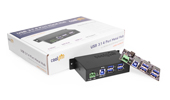












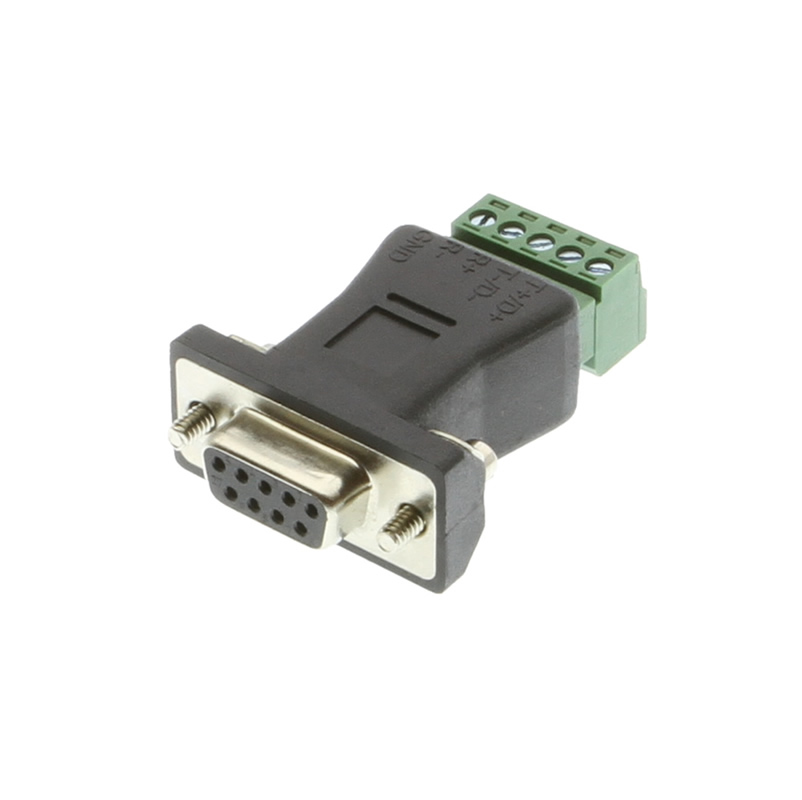
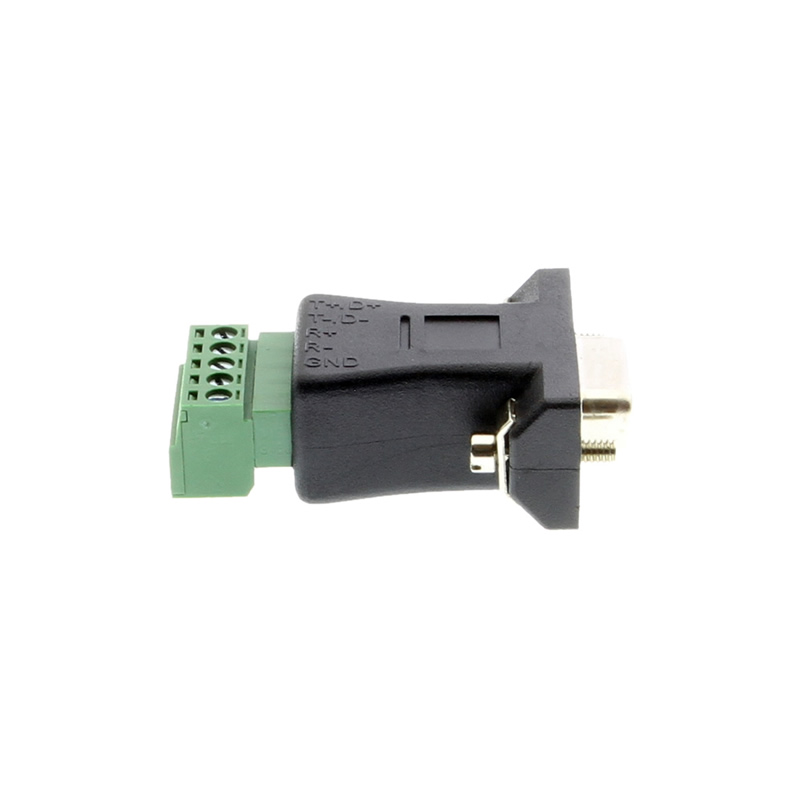
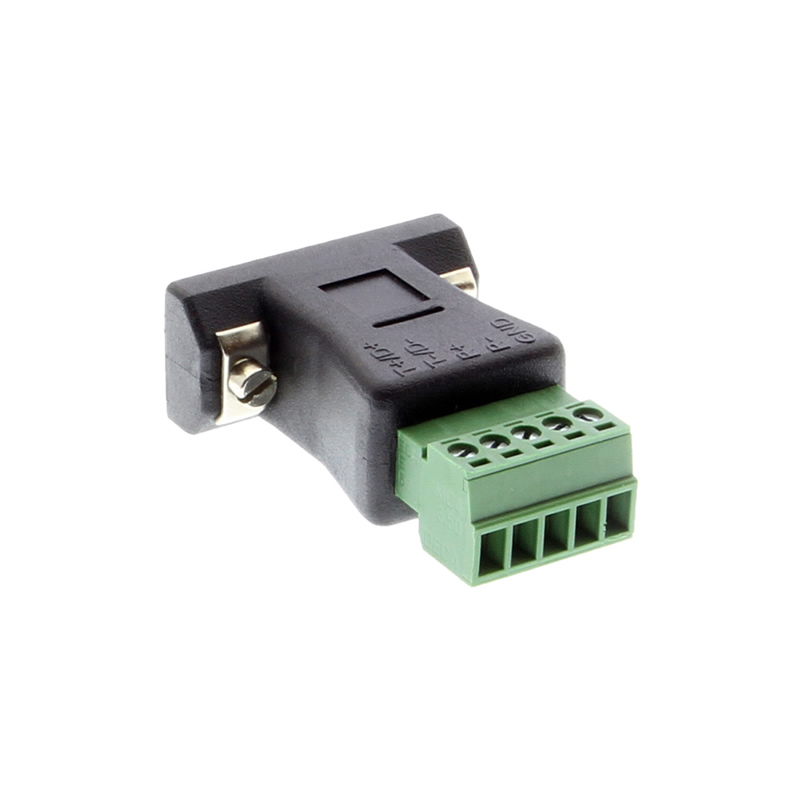
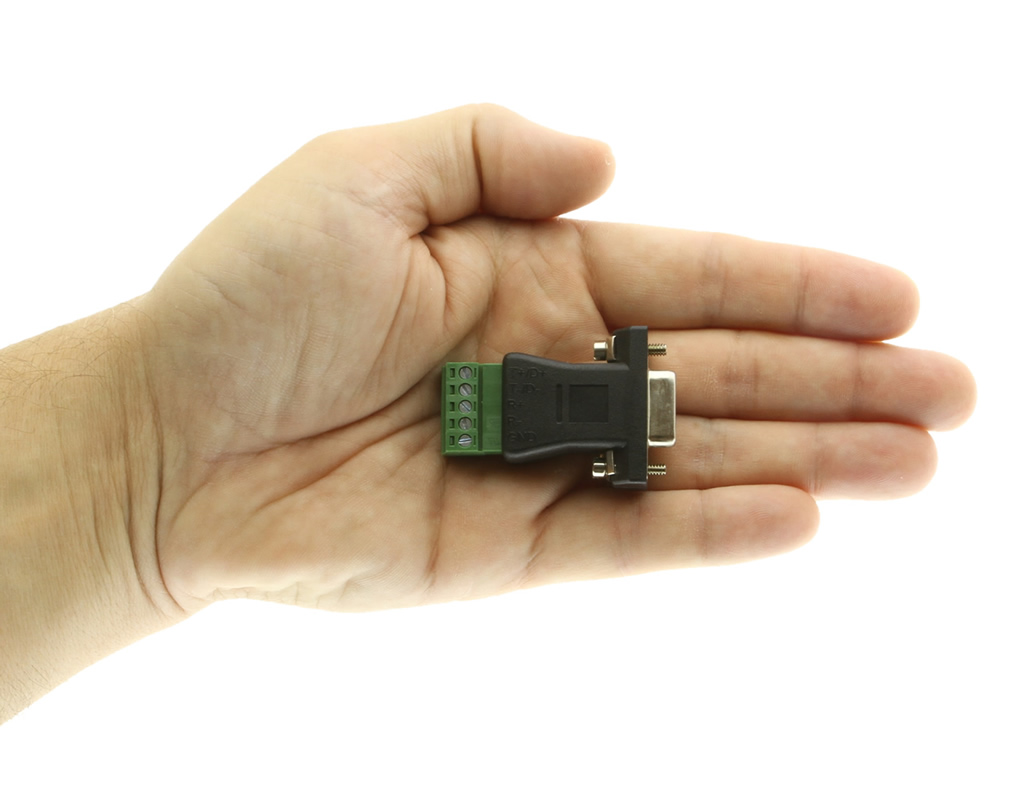
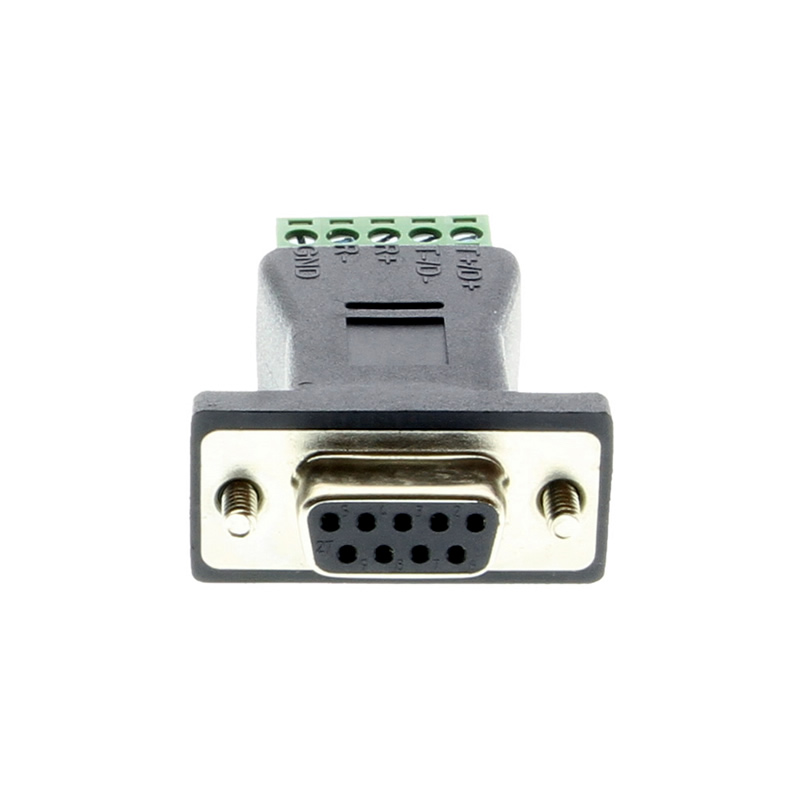
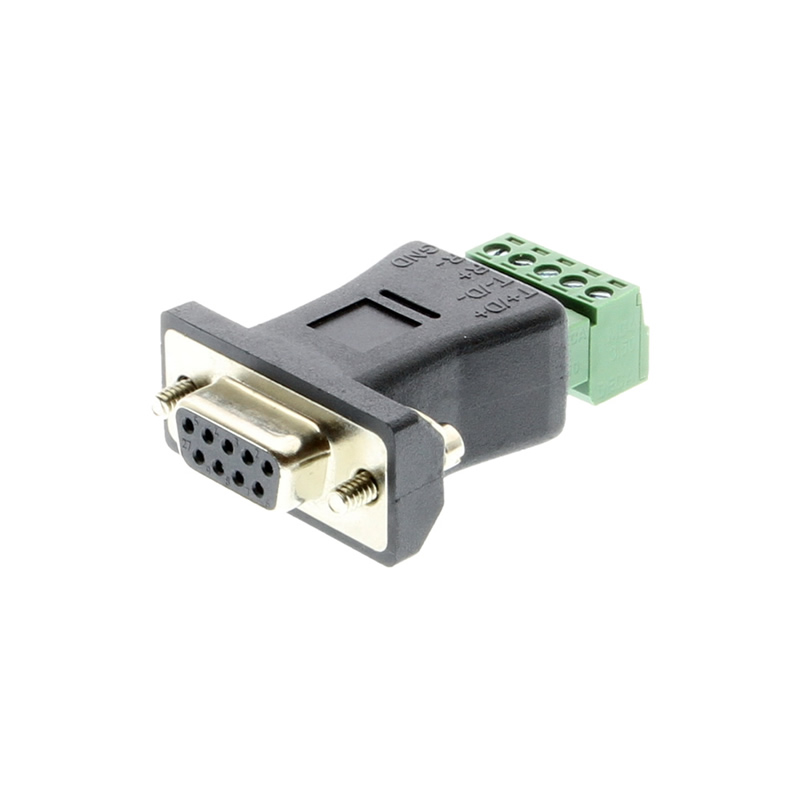
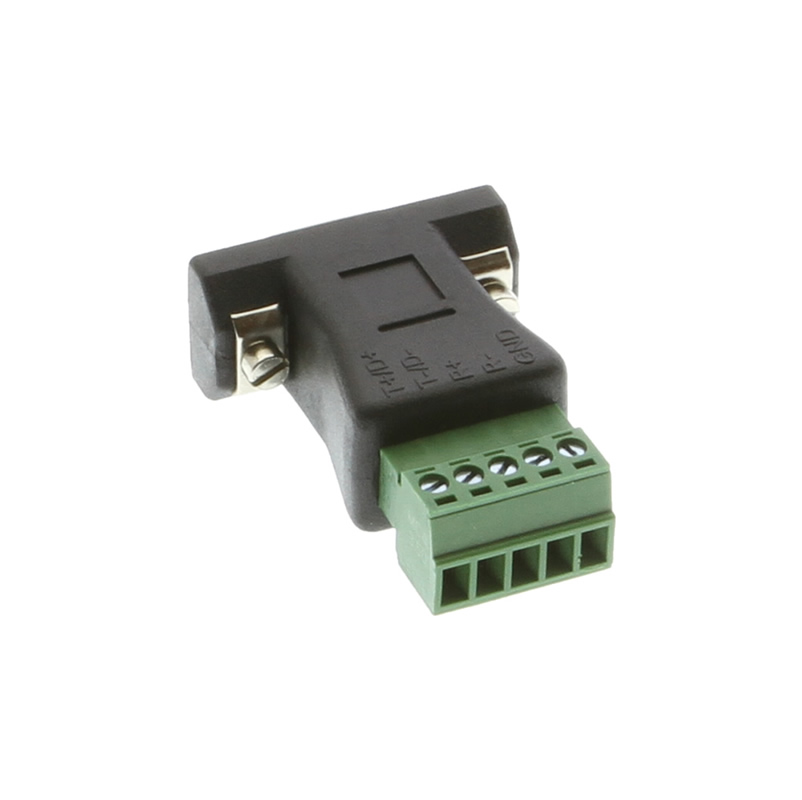
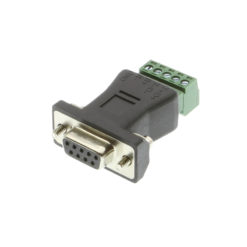
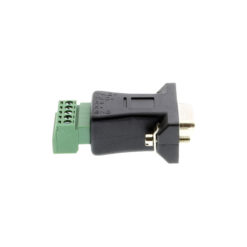
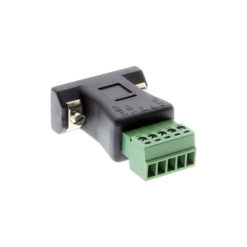
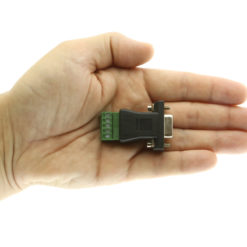
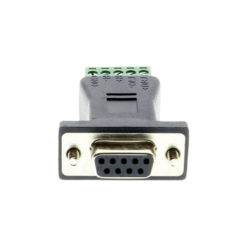
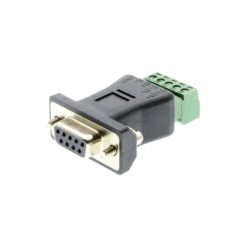
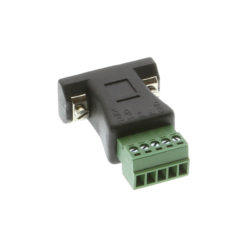
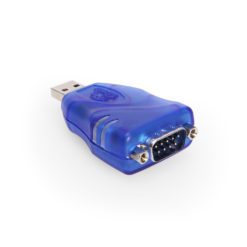
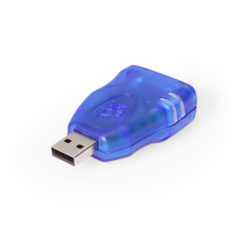
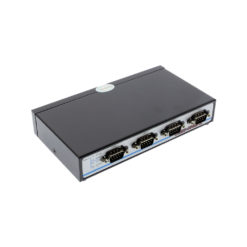
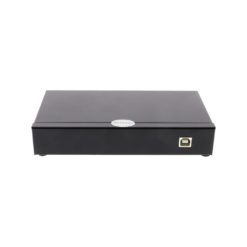
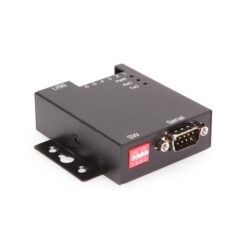
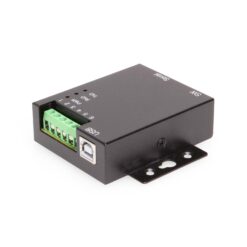
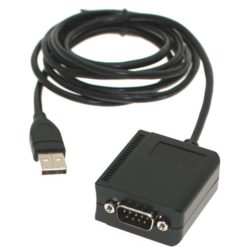
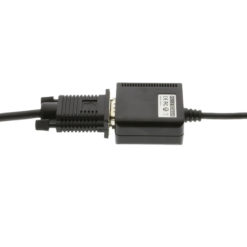
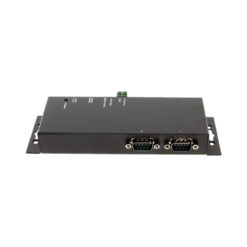
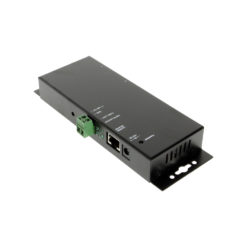
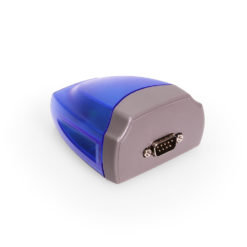
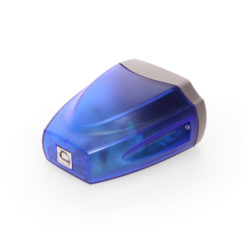
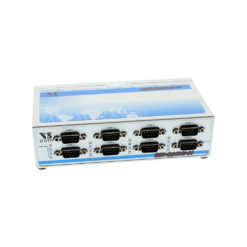
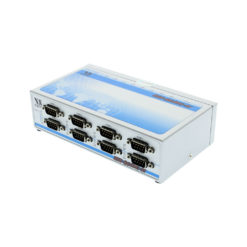
Reviews
There are no reviews yet.